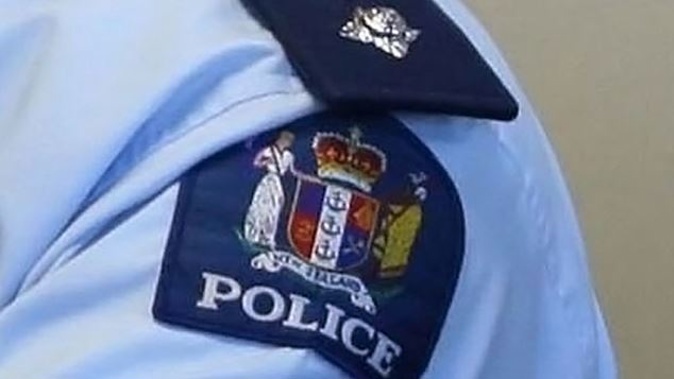
-
Callers to the police non-emergency 105 line face long waits, with only 17% answered in 90 seconds.
- Police have switched from a response time target to a “customer satisfaction” focus, citing improved satisfaction.
- Labour’s Ginny Andersen criticised the delays, emphasising the need for adequate police resourcing and safety.
Callers to the police non-emergency 105 line are having to wait significantly longer than intended for their pleas to be heard.
Others face being disconnected, as data shows a massive gap between the target response time and the reality of waiting on hold.
In response, police have abandoned the wait time target and switched to a “customer satisfaction” level.
Until recently, police have been working towards a target of answering at least 70% of non-emergency calls within 90 seconds.
But in December, only 17% of 105 calls were answered within the target time.
Data released to Newstalk ZB under the Official Information Act shows the response time did not come close to meeting the 70% target throughout 2023 and 2024.
Police say the overall average speed to answer a non-emergency call is 6 minutes and 36 seconds.
The worst month on record across the two years was July 2024, when only 10% of calls were answered within a minute and a half.
Police said some wait times were not ideal, but they were outliers. Some longer call times could be attributed to its callback system, which is included in the chart above.
Under a system put in place in August 2023, people can request 105 to call them back.
If a person requests to be called again and hangs up, they will be placed in a queue. Their wait time is still counted until they are called again.
Since adding the callback option, police reported an 11% reduction in abandoned calls and a jump in satisfaction around how long callers had to wait.
A spokesperson said police no longer used the 90-second call answer time measurement due to “recent changes”.
“The priority is to provide a quality customer experience where our callers feel understood, listened to, and they can understand the information we provide them.”
Police monitored customer satisfaction levels around calls, finding the most important factor in a pleased caller was a feeling of being understood and listened to, alongside being asked relevant questions and being given easily understandable information.
A 2023-24 report on this found 73% of those who called 105 were satisfied with the overall quality of the service.
Despite the metric reporting changing, Labour’s police spokeswoman Ginny Andersen was furious at the results and said the response times were “not good enough”.
On the results from 2023, part of which was under a Labour Government, the former Police and Justice Minister said “we always need to make sure communities are safe and to make sure that police are resourced adequately to be able to deliver that”.
Andersen believed cuts to executive police staff and perceived issues around the Government’s 500 new cops promise were not helping to ease the situation.
Police Minister Mark Mitchell said the target was set by police.
“I understand they have since changed it to a satisfaction-based target. Whatever target they are using, I am confident they’re looking to make consistent improvement and are providing the best possible service to the public.”
A briefing sent to Mitchell, when he was entering the job, said timeliness had been “problematic” for the 105 service.
The memo stated that in 2022, just 18% of the calls were being answered within 90 seconds.
Mitchell was warned about lengthy wait times for non-emergency calls at the time; the memo suggested people would either hang up and not report a potential crime, or ring the emergency line just to get through.
In 2018, the Herald reported that police had a target to answer 70% of non-emergency calls within 30 seconds, before the 105 number was set up.
Take your Radio, Podcasts and Music with you









